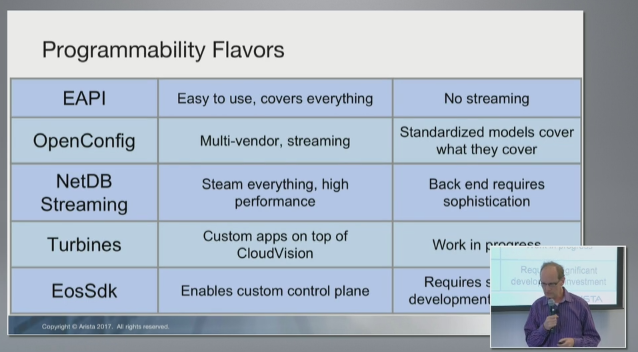0
I accidentally acquired a tree farm 20 minutes outside of town. For utilities, it gets electricity and basic phone. It doesn't get water, sewer, cable, or DSL (i.e. no Internet). Also, it doesn't really get cell phone service. While you can get SMS messages up there, you usually can't get a call connected, or hold a conversation if it does.
We have found a solution -- an evil solution. We connect an AT&T "
Microcell", which provides home cell phone service through your Internet connection, to an AT&T
Mobile Hotspot, which provides an Internet connection through your cell phone service.
Now, you may be laughing at this, because it's a circular connection. It's like trying to make a sailboat go by blowing on the sails, or lifting up a barrel to lighten the load in the boat.
But it actually works.
Since we get some, but not enough, cellular signal, we setup a mast 20 feet high with a
directional antenna pointed to the cell tower 7.5 miles to the southwest, connected to a signal amplifier. It's still an imperfect solution, as we are still getting terrain distortions in the signal, but it provides a good
Continue reading



